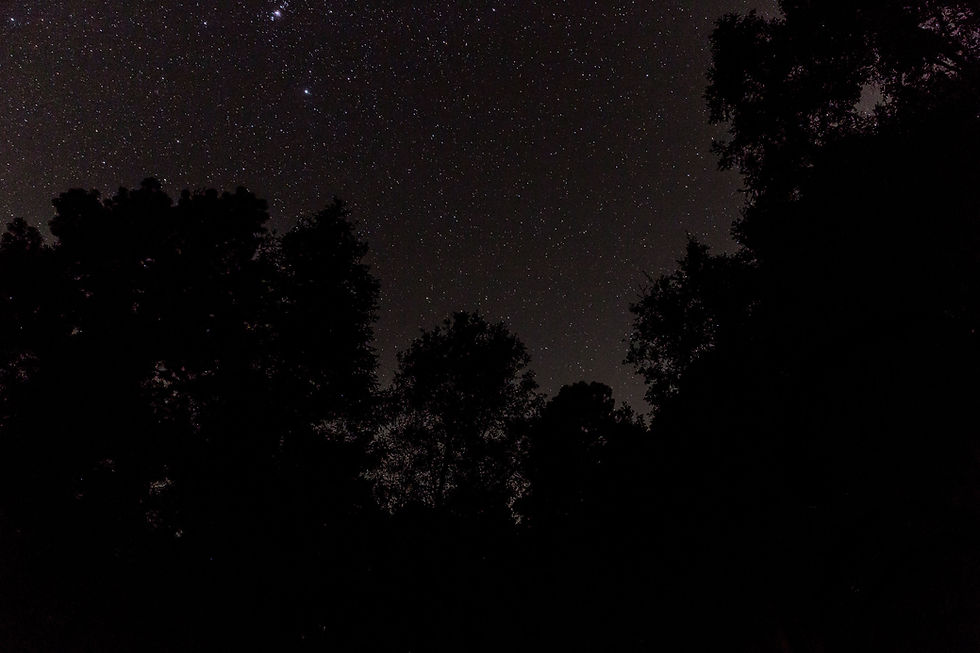No, Pansexual and Bisexual are not "The Same"
- yannick-robin eike mirko

- Aug 29, 2023
- 4 min read
In the spirit of loving and understanding everything LGBTQIA+, it’s important to really make sure there is space being made for every letter within our community. At times, people can feel unsure of how to distinguish some letters from others, sometimes conflating bisexuality with pansexuality, when in reality, they are different things.
Getting down to it

[image description: a screenshot of the Seventeen article headline,
“What’s the Difference Between Pansexual and Bisexual? How do these sexual orientations differ?”.]
As Angela Darra (Director of Rapid Response and Campaigns at GLAAD) described in an interview with Seventeen, “Although definitions and understanding can vary based on age, geography, and other factors, bisexuality is often considered to mean attraction to more than one gender, while pansexuality is often considered to mean attraction to people regardless of their gender.” After all, when you break down the word pansexual, the prefix pan means “all” or “involving all groups”, meaning the pansexual identity is one that has the ability to be with any fish in the sea they please! A bisexual person for example, might only have attraction for only certain genders, whereas a pansexual person has attraction to someone without gender involved in the “attraction equation”.
Bisexual people can identify as "people being attracted to people" like pansexual people do, the distinction is that Bisexual people tend to have regard for gender or preferences for certain things physical outside of the non-physical spirit and personality of someone, where pansexual people have no preference/do not consider gender/physical aspects of the person when dating. It's simply not on the brain in the same way it is for others and so pansexual is a separate sexuality from those who have the physical high up on their list. Another way to describe pansexual is "interest in emotional + physical human connection without clause" as opposed to "I am of this gender and I like this gender list only," which is usually the defining factor of the other sexuality-oriented letters within LGBTQIA+ (with asexual representing those with little, varied, or no sexual feelings or desires [having nothing to do with gender, this identity is focused on the 'lack of' things in comparison to how active others might be in that realm]).
In the same way that people question the difference between bisexuality and pansexuality, there are also a number of people concerned that pansexuality is transphobic - though it’s important to understand that a person’s gender - cis in nature or not - is not what a pansexual person is considering when talking to someone new. For Mariel Eaves, a non-binary social worker providing therapy for trans and queer folk in the US, things are on more of a spectrum. Looking for things like demeanor, values, the way they treat you, and shared interests and goals, are some of the things they listed as examples of things they consider important when looking for a partner. In their piece with Lovelife, Mariel said, “gender is at the bottom of the list”.
Misconceptions
It’s always important to stay mindful of how experiences can be different for everyone, and there is still a lot of prejudice against pansexual people that needs some de-escalation and reflection.
Apart from being different from bisexuality and despite its lack of transphobia, there are still a lot of ideas the rest of the LGBTQIA+ community could stand to lose, in order to make sure every space is truly safe for everyone. Pansexuality is not a circumstance of greed or confusion, nor is it a “trend”. No sexual orientation has proven itself to be full of cheaters more than another, and the potential to be interested in anyone doesn’t mean that is a guarantee or possibility. It is unfair to question the character of individuals based on who they may potentially love.
Timeline of Pansexual History

[image description: a screenshot of a pansexual history timeline from the Seattle Pride website: 1914 - The term first appeared as ‘pansexualism,’ and was theorized as sex being “the motivator of all things.” 1970’s - The definition was changed and used to describe a sexual orientation after people began using the term as an identity. 1974 - The New York Times published an article mentioning the term, which launched pansexuality forward and raised awareness. 1990’s – The term ‘sexual fluidity’ was coined and used through the queer community as a way to better understand pansexuality. 2010 - The pansexual flag appeared on the internet in the colors pink, yellow and blue. Its purpose was to represent trans, intersex, agender, bigender, third Gender, nonbinary and fluid orientations. 2018 – Singer/actress Janelle Monae publicly identified as pansexual which led the word to be one of the most searched terms of the year.]
History proves the existence of the term pansexual dates as far back as the early 1900s in dictionaries, with the current definition being in use since the late 1960/early 70’s. Pansexual was actually first referred to as ‘Pansexualism’ in 1914! Pansexual Awareness Day is the 23rd of May, the pansexual flag is 13 years old and still kicking, and one of the most searched terms on the internet in 2018 was ‘pansexual’, after singer/actor Janelle Monae came out.

Via junkee [image description: a still from the PYNK music video, Janelle Monae stands in a dance pose, affront the pansexual flag in pastel colors.]
The misconception that things are “new”, plagues our chances at being open-minded, safe, and welcoming to others. It’s not that it’s new to society or the world, it’s that it’s new to you right now. And there’s nothing wrong with not having been taught these things before, but it’s important to be grateful to learn and become a better member of humanity.

[image description: the pansexual flag, which has three horizontal lines: bright pink, bright yellow, and light blue.]












Comments